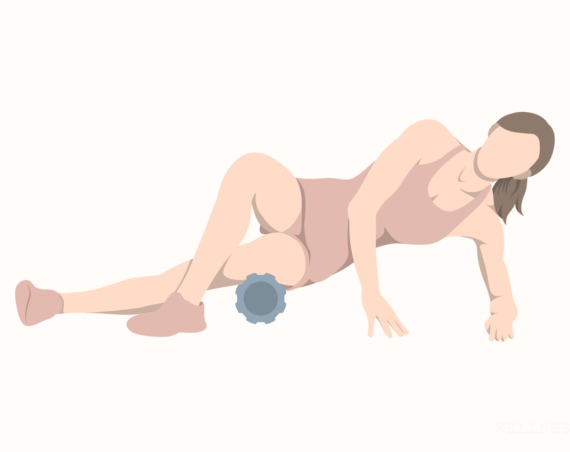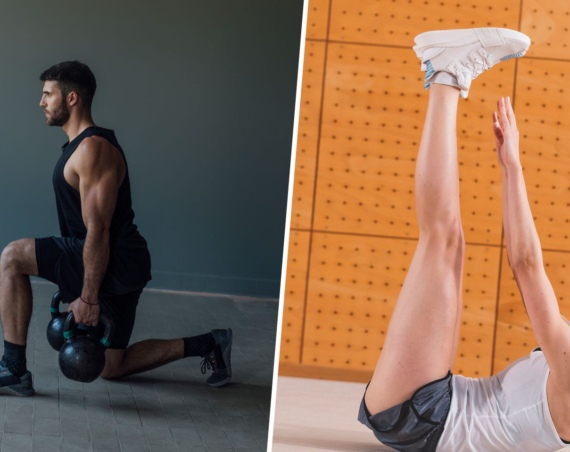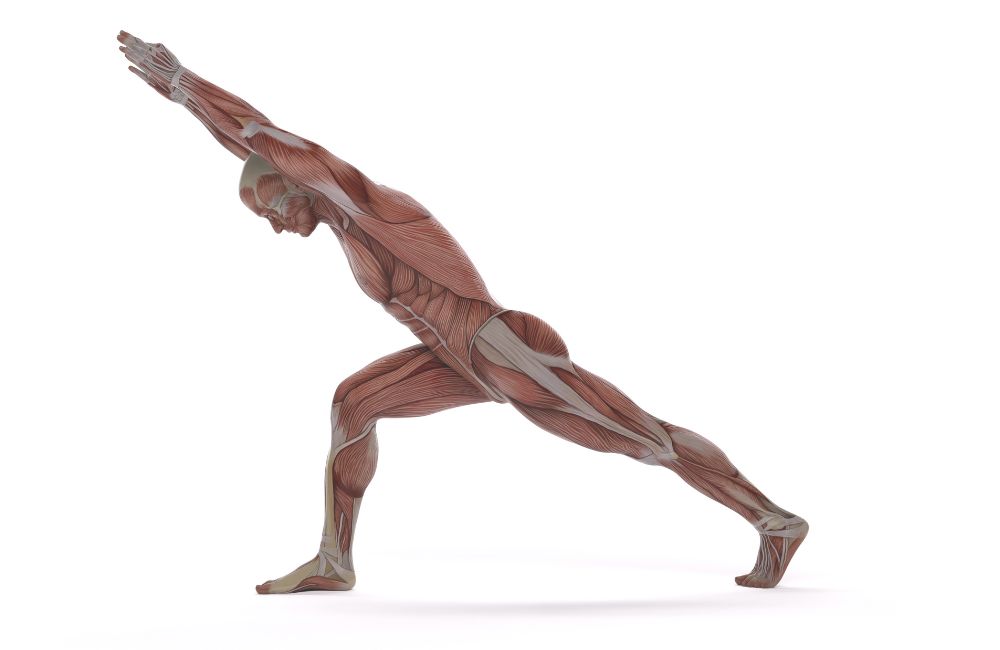
Getting older comes with a variety of both benefits and downsides.
For instance, older people get to enjoy the freedom of retirement. Also, many seniors get to watch their kids and grandkids grow up and find their own way in the world.
Unfortunately, old age also presents a series of challenges. Case in point, age-related muscle, and bone loss can lead to fractures and other issues, such as back pain, later in life.
Luckily, through the use of a well-structured strengthening program, seniors can reduce their risk of fracture and keep themselves healthy for many years to come.
When it comes to back pain in particular, seniors are at especially high risk. For this reason, I have compiled some of the best exercises to improve spinal stability and overall muscle strength for older adults.
These exercises should be used as part of a comprehensive exercise program in order to help you remain active and pain-free for the rest of your life!
Top 7 Spinal Stability Moves for Older Adults
There are tons of good options for strengthening the core musculature. If you’ve developed a program that has helped you stay pain-free, that’s great!
However, you should be sure that your program incorporates movements in multiple planes of movement and that the involved exercises work all of the spinal stabilizers equally.
This program checks all of those boxes. Best of all, it’s easy to complete this workout almost anywhere, with minimal equipment.
7 Best Back Strengthening Exercises to Bulletproof Your Back Muscles
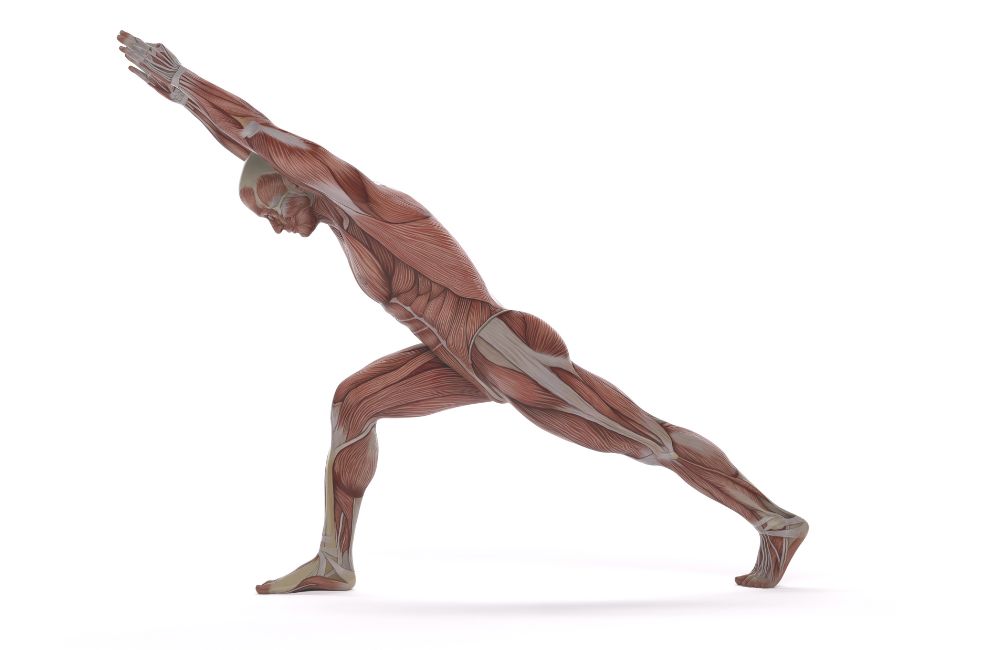
Also, check out:
3+ Exercises That’ll Stretch and Elongate Your Spine After Sitting All Day: No More Back Pain
Want to Age Well? Bulletproof Your Back and Spine With These Exercises
Forearm Planks
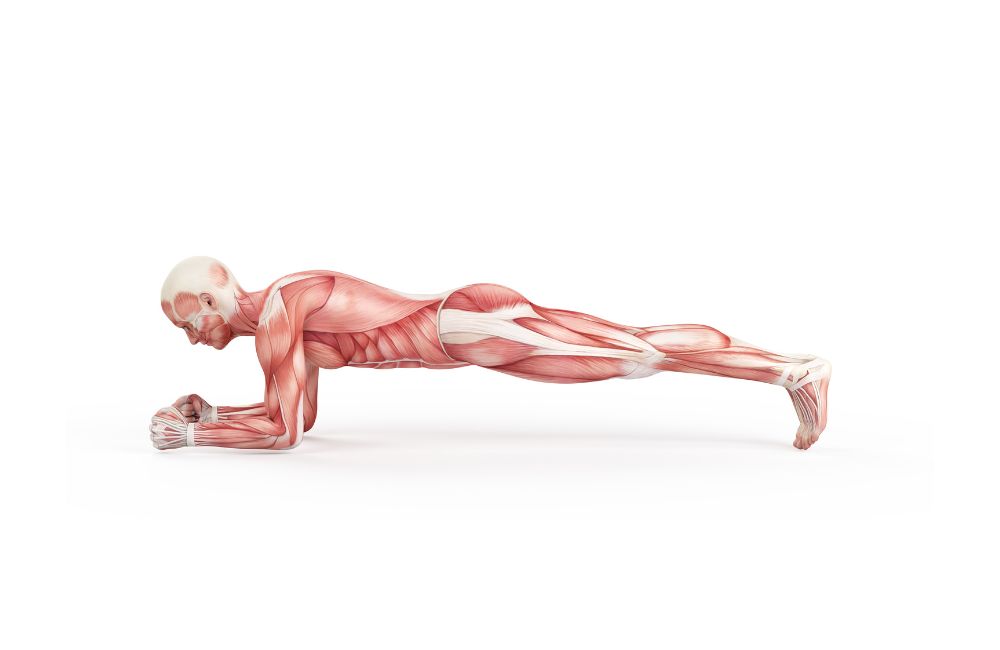
The humble plank is one of the best core exercises for both advanced and novice exercisers alike. This move is great for building stability in the spine, as it requires you to keep your core contracted throughout the entirety of the exercise. Plus, the plank can be modified in tons of ways to make it harder or easier.
How to Perform
- On a firm (yet comfortable) surface, lie down on your stomach.
- Next, place your elbows under your shoulders, with your forearms flat on the ground and your hands pointed directly in front of you.
- Tuck your toes onto the ground and rise up so that your back is completely flat and that your forearms and toes are the only things in contact with the ground.
- Tighten your stomach muscles and hold this position for 1 minute.
- Rest for 30 seconds and repeat 3 times per session.
- Complete this move 2-3 times per week, along with the other exercises on this list.
Glute Bridges
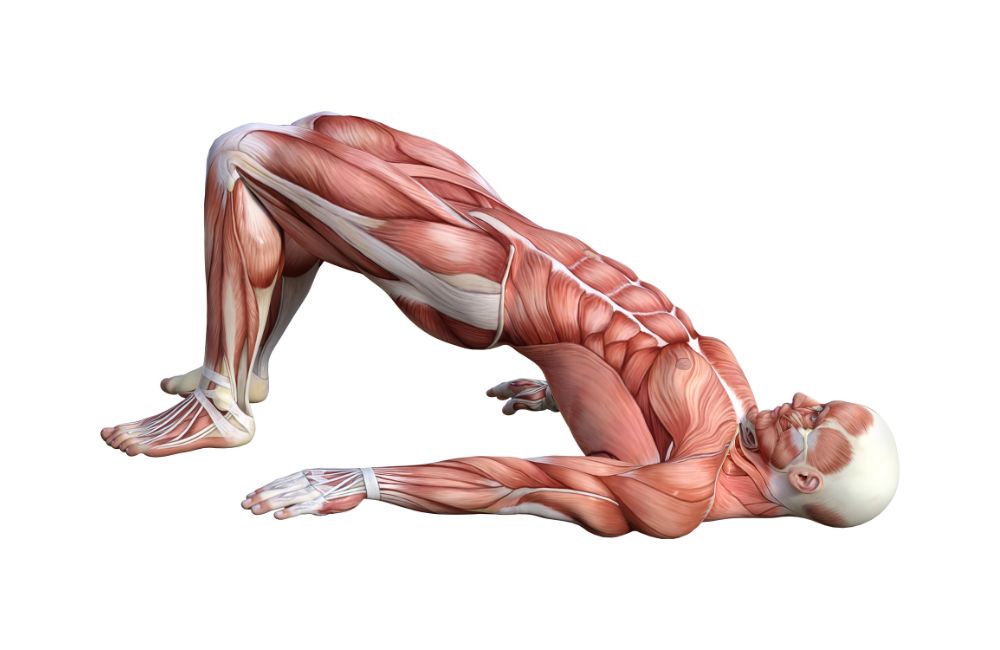
The glute muscles are an integral part of the core. These large, important structures keep us upright, help us walk, and enable us to perform many of the activities and feats we perform on a daily basis.
Glute bridges are a great, safe exercise for strengthening the glutes that seniors can enjoy in the comfort of their own homes.
How to Perform
- Lie down on the floor, with your knees bent and your feet flat on the ground.
- Cross your arms over your chest.
- Squeeze your buttocks muscles as you push your heels into the ground.
- As your hips rise up in the air, continue to maintain a contraction in your glute muscles.
- Once you’ve reached the top of your range of motion, slowly lower your hips back down to the starting position.
- Perform 10-12 reps per set, for 3 sets per session.
- Complete this move 2-3 times per week, along with the other exercises on this list.
Single-Arm Pulley Rows
Rows are a critical exercise for strengthening the rhomboids, lats, biceps, and other muscles of the upper body. However, this move also emphasizes the obliques and various core muscles.
The single-arm pulley row can be performed in standing, kneeling, or in a variety of other positions.
Also, you can complete this exercise with dumbbells, bands, or other implements, if you don’t have a cable machine available.
How to Perform
- Select an appropriate weight for this exercise on the resistance stack (start light).
- In standing, grasp the handle with your right hand, with your left foot a few inches in front of your right, facing the machine.
- Slowly, pull the handle toward your chest, bringing your right elbow close to your body as you complete the movement.
- As you pull, slightly twist your trunk to the right. This will engage your abdominal muscles.
- Next, return the handle back to the starting position with control.
- Repeat for 10-12 reps on each side per set, for 3 sets per session.
- Complete this move 2-3 times per week, along with the other exercises on this list.
Australian Pull Ups
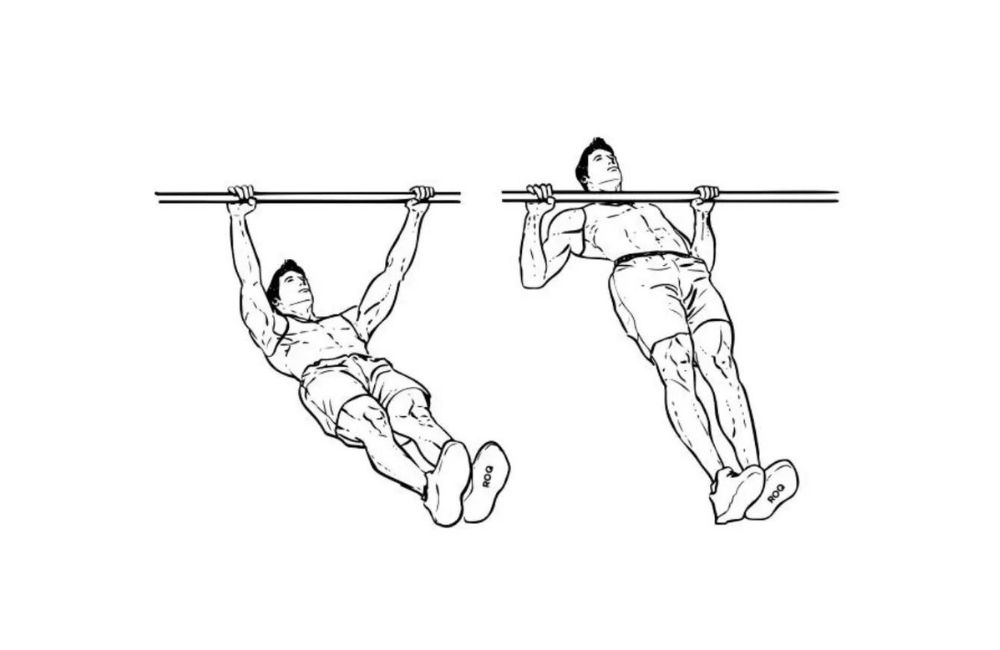
Traditional pull-ups are a very difficult exercise for many people. For this reason, Australian pull-ups offer an easier alternative for those looking for a way to reap the benefits of pull-ups, in a much easier fashion.
How to Perform
- Grasp the bar (or handles/rings, depending on what you have available) with a comfortable grip.
- Walk your feet forward until your trunk is parallel to the ground.
- Pull your chest toward the bar, keeping your back flat.
- Hold the contraction for one second at the top, then slowly return to the bottom position.
- Repeat for 10 repetitions, for 3 sets per session.
- Complete this move 2-3 times per week, along with the other exercises on this list.
Pushups
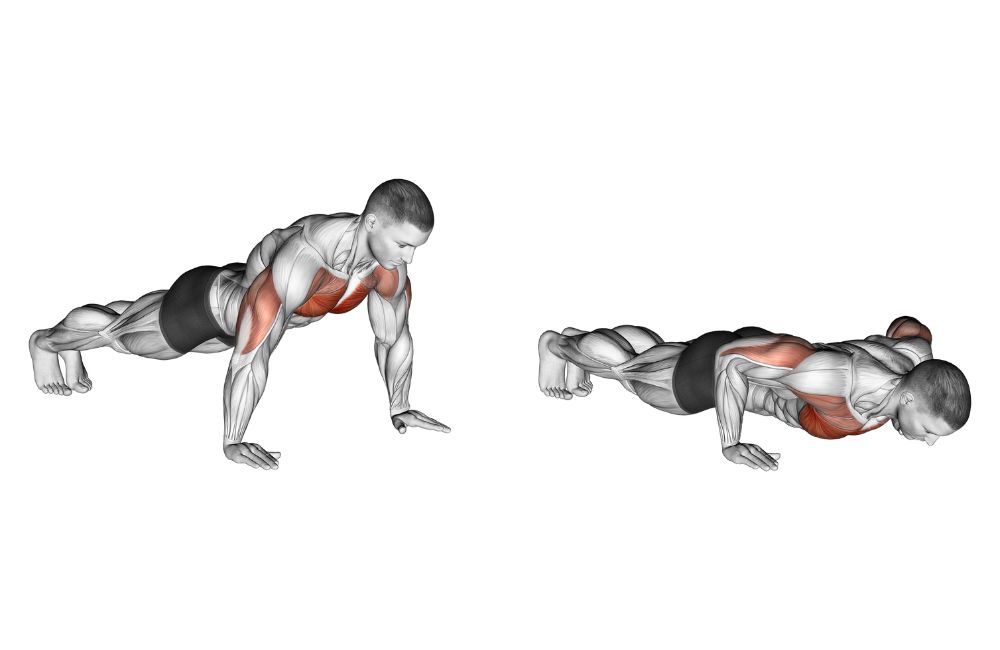
There are tons of fancy, high-tech exercise options out there. The pushup may not be high-tech, and it’s certainly not complicated, but it is extremely effective.
This move increases upper body strength and endurance while also improving spinal stability.
How to Perform
- Start with your hands and knees on the ground. Alternatively, you can perform this exercise with your hands on a bench and your feet on the floor to make it easier. To make it harder, you can place your feet on a bench and your hands on the floor.
- Rise up onto your toes, so that the only points of contact with the ground are your toes, which are spaced about hip-width apart, and your hands which are directly under your shoulders.
- Slowly, lower your chest down to the ground.
- Once you lightly tap the ground with your chest, push yourself back into the starting position.
- Perform 10-15 repetitions in this manner per set, for 3 sets per session.
- Complete this move 2-3 times per week, along with the other exercises on this list.
Side Planks
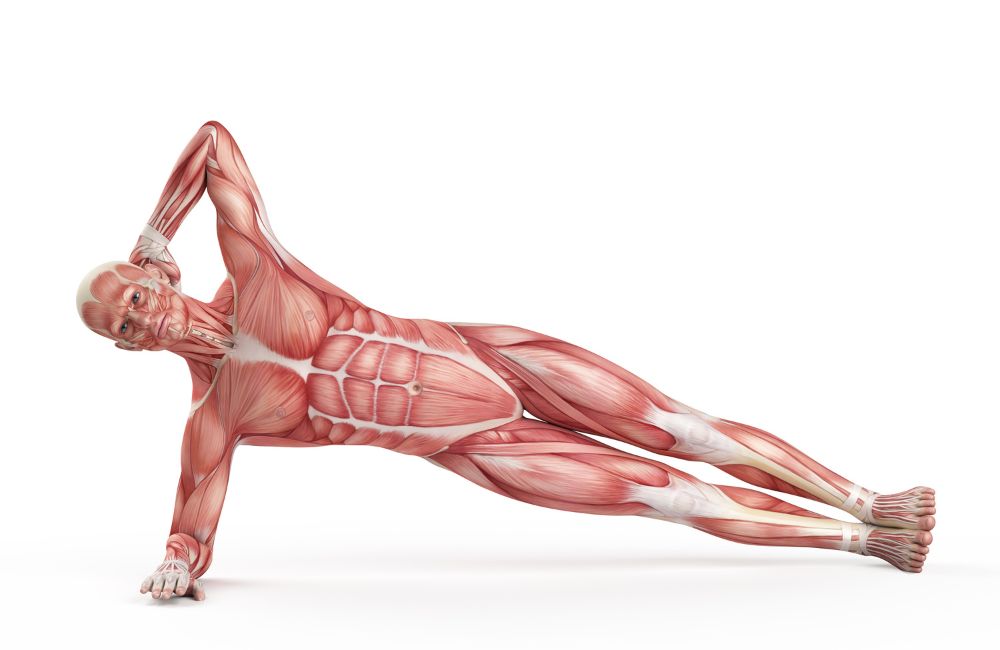
Side planks serve to work the oblique muscles, while also improving shoulder stability and lateral hip strength. This movement is a complementary exercise to traditional core exercises such as the traditional plank and the sit-up.
How to Perform
- Start by lying on your left side.
- Place your left forearm on the ground and stack your right foot on top of your left.
- Lift your hips up off of the ground and contract your abdominal muscles.
- Hold this position for 30 seconds and repeat 4 times on each side per session, resting about 30 seconds between sets.
- Complete this exercise 2-3 times per week, along with the other exercises on this list.
Summary
Seniors face many orthopedic complications as they get older, one of them being low back pain. By strengthening the muscles surrounding the spine and throughout the body, you can reduce your risk of developing back pain and other conditions commonly seen in this population.
If you’re looking for a way to keep yourself strong and healthy as you age, look no further than the above exercise program. Once you’ve talked to your doctor and determined that you can safely exercise, try these moves out during your next workout and see how you feel!
Works Cited
- Wu, A., March, L., Zheng, X., Huang, J., Wang, X., Zhao, J., Blyth, F. M., Smith, E., Buchbinder, R., & Hoy, D. (2020). Global low back pain prevalence and years lived with disability from 1990 to 2017: estimates from the Global Burden of Disease Study 2017. Annals of translational medicine, 8(6), 299. https://doi.org/10.21037/atm.2020.02.175
- Hsu, S. L., Oda, H., Shirahata, S., Watanabe, M., & Sasaki, M. (2018). Effects of core strength training on core stability. Journal of physical therapy science, 30(8), 1014–1018. https://doi.org/10.1589/jpts.30.1014
- Neto, W. K., Soares, E. G., Vieira, T. L., Aguiar, R., Chola, T. A., Sampaio, V. L., & Gama, E. F. (2020). Gluteus Maximus Activation during Common Strength and Hypertrophy Exercises: A Systematic Review. Journal of sports science & medicine, 19(1), 195–203.

